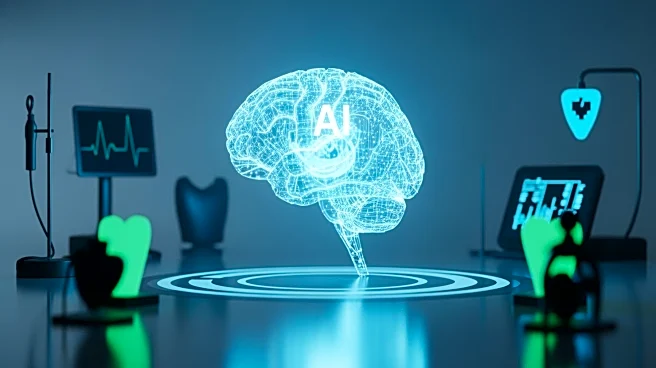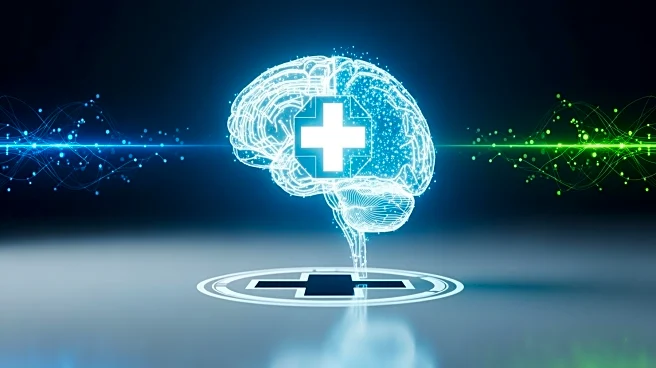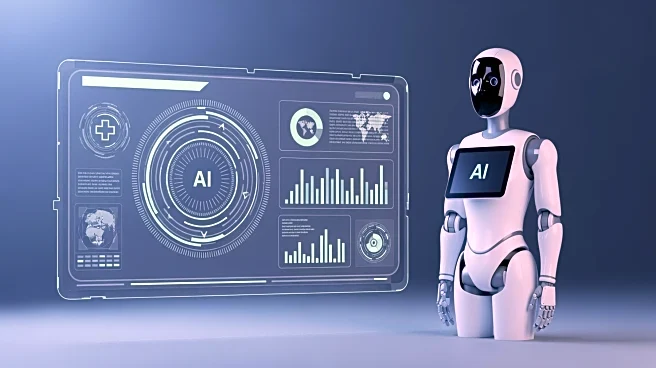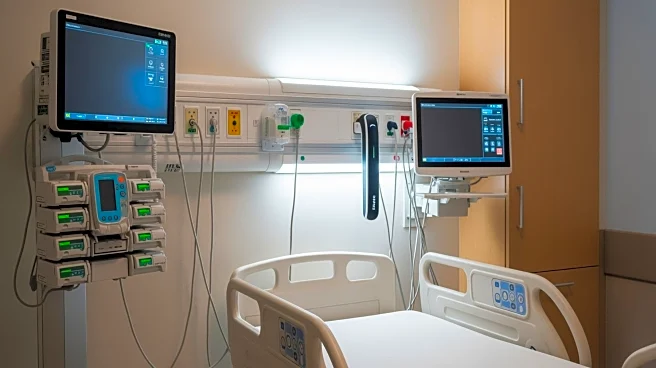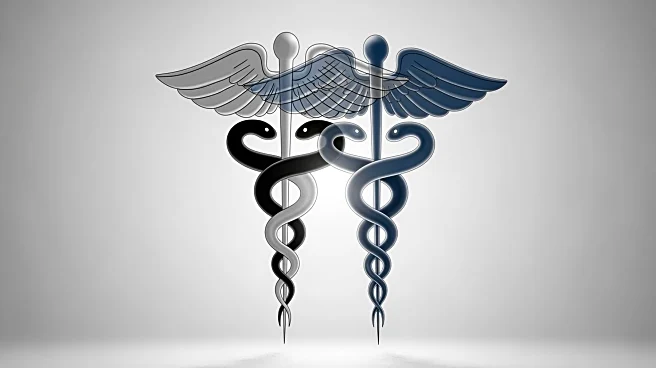What's Happening?
Healthcare leaders and physicians have long anticipated that digital tools would streamline operations and enhance revenue. However, the reality has often been the opposite, with documentation inefficiencies
and fragmented technology stacks slowing practices and burdening clinicians. Despite significant investments in electronic health records (EHRs), the promised efficiencies remain elusive, leading to increased complexity and clinician burnout. Disconnected systems for documenting patient activities result in delayed reimbursements, multiplied errors, and extensive staff hours spent reconciling mismatched systems. A Mayo Clinic study highlights that poorly optimized EHR workflows directly contribute to clinician burnout and inefficiency. To address these challenges, healthcare leaders are advocating for deeply integrated tech solutions within EHRs, embedding documentation solutions directly into the workflow to eliminate fractured tools and duplicate interfaces.
Why It's Important?
The integration of EHR systems is crucial for improving healthcare delivery and financial performance. Poorly optimized EHR workflows not only contribute to clinician burnout but also impact the financial margins of healthcare organizations. By deeply integrating tech solutions within EHRs, healthcare providers can streamline documentation processes, improve charge capture, accelerate coding, and reduce accounts receivable. This integration allows clinicians to focus more on patient care rather than administrative tasks, potentially enhancing patient satisfaction and outcomes. For healthcare organizations, this means stronger financial performance and a more energized workforce. The move towards integrated solutions represents a significant shift in healthcare IT strategy, aiming to reclaim efficiency and humanity in care delivery.
What's Next?
Healthcare leaders are encouraged to conduct thorough assessments of current workflow practices to identify pain points and prioritize seamless integration of technology solutions. The focus should be on solutions that integrate invisibly into existing EHR environments, eliminating friction and context-switching for clinicians. Training should emphasize the patient-centered benefits of integrated documentation, fostering a culture that values technology as a tool for enhancing patient care. As organizations adopt deeply integrated AI solutions, they can expect improved efficiency, faster payment cycles, and a reduction in clinician burnout. This approach promises a new era of frictionless workflow in healthcare delivery.
Beyond the Headlines
The push for EHR integration highlights broader ethical and cultural dimensions in healthcare. It underscores the need for technology to support, rather than hinder, the human aspects of patient care. By reframing technology as a means to restore clinician-patient connections, healthcare organizations can foster a culture that prioritizes patient-centered care. This shift may also influence healthcare policy and investment strategies, as stakeholders recognize the importance of integrated solutions in achieving sustainable healthcare delivery.




